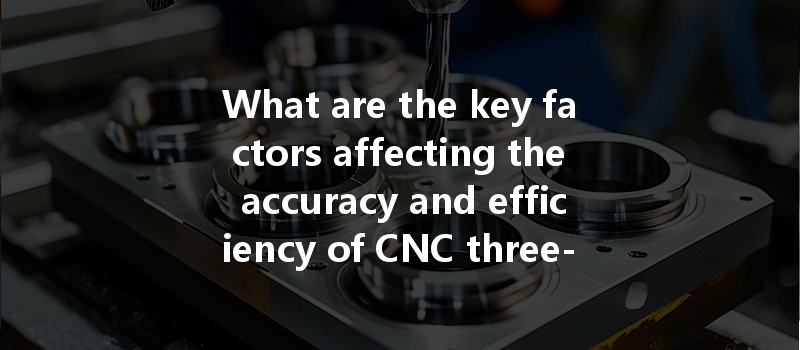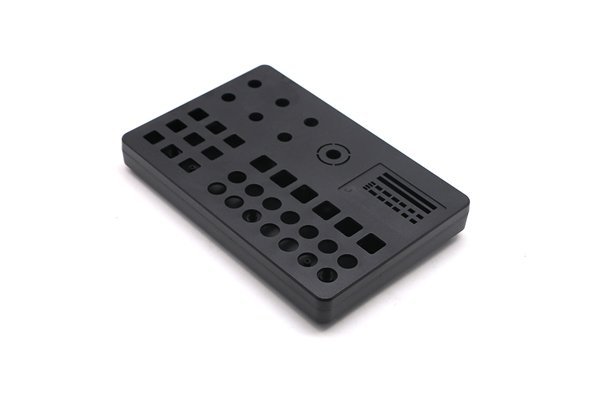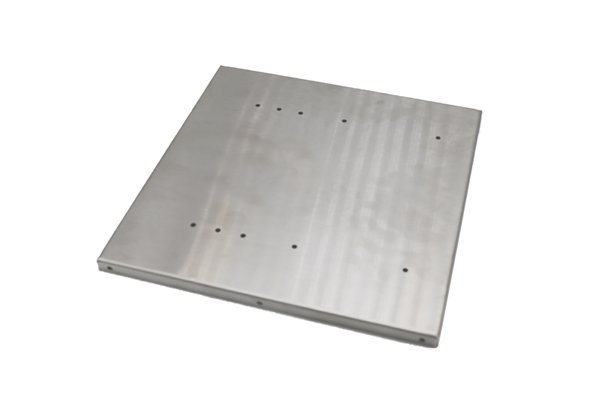Did you know that a mere 1% error in measurement can lead to catastrophic failures in high-precision industries such as aerospace and medical device manufacturing? It’s a staggering statistic that highlights the utmost importance of accuracy and efficiency in CNC three-coordinate measurement systems. As the manufacturing landscape continues to evolve, the demand for precision increases tremendously, making it essential for professionals in the field to understand and implement effective measurement techniques.
In this comprehensive blog, we will dive into the intricate world of CNC three-coordinate measurement, exploring its significance in manufacturing, the factors affecting accuracy and efficiency, methods for improvement, and much more. By the end of this extensive guide, you will have a solid understanding of ways to enhance your measurement practices, ultimately leading to superior products with reduced error margins.
Understanding CNC (Computer Numerical Control)
Before we delve into three-coordinate measurement, it’s important to understand CNC technology itself. CNC stands for Computer Numerical Control, a method that automates the control of machining tools through a computer. This technology allows for high-precision manufacturing, enabling processes such as milling, turning, and drilling to be executed with remarkable accuracy.
CNC machines interpret programmed commands into specific movements, which leads to the production of parts that meet tight tolerance specifications. Over recent years, developments in CNC technology have made it increasingly popular across various industries, including aerospace, automotive, and medical sectors.
What is Three-Coordinate Measurement?
Three-coordinate measurement refers to the quantification of an object’s physical geometrical characteristics through a coordinate measuring machine (CMM). These machines can measure the physical geometrical characteristics of an object by using a probe that touches the object’s surface.
CMMs can be classified into different types based on their design and method of operation:
The significance of three-coordinate measurement lies in its ability to ensure that the components produced align with their CAD specifications, thereby promoting quality assurance in manufacturing.
Importance of Accuracy and Efficiency in CNC Measurement
In the realm of CNC machining, accuracy and efficiency are paramount. However, understanding their importance goes beyond mere specification compliance. Here are a few reasons why accuracy and efficiency in three-coordinate measurements matter:
Factors Affecting Accuracy in CNC Three-Coordinate Measurement
While accuracy is critical, it can be hampered by a variety of factors, including:
Enhancing Efficiency in CNC Three-Coordinate Measurement
Efficiency in CNC three-coordinate measurement is equally important as it affects productivity and throughput. Here’s how to enhance measurement efficiency:
Improving measurement efficiency often begins with programming. Using sophisticated software to program CMMs can significantly enhance speed and reduce measurement time. Automated sequences can measure multiple features in one go, rather than recalibrating for each measurement point.

Evaluating the existing workflow for measurement processes can reveal inefficiencies. Incorporating proper sequencing, where measurements are taken in a strategically planned order, can save both time and resources.
Even with advanced tools and technology, the effectiveness of CNC three-coordinate measurements relies greatly on the operators administering them. Regular training ensures that operators are familiar with both the equipment and software, leading to faster and more accurate measurements.
Regularly monitoring the condition of measurement equipment can preempt major malfunctions, which waste valuable time. Maintenance schedules should be set to inspect moving components and ensure all measurements are as accurate as possible.
For larger components or when measurements need to be taken in different locations, portable CMMs offer a great solution. Their flexibility allows operators to conduct measurements on-site, saving time and shipping costs.
Common Challenges in CNC Three-Coordinate Measurement
As with any process in manufacturing, three-coordinate measurement comes with its own set of challenges. Recognizing these challenges upfront can better prepare you for troubleshooting before they escalate into larger issues.
Temperature Fluctuations
Temperature variations in the measurement environment can cause expansion or contraction in the materials being measured, leading to inaccuracies. Implementing climate control measures can help mitigate this challenge.
Workpiece Setup
An improper setup of the workpiece can lead to skewed measurements. Ensuring that workpieces are properly secured and aligned on the CMM is crucial.
Complex Geometries
In measuring parts with complex geometries, achieving precision can be demanding, especially for deeply recessed areas. Utilizing advanced probe types and meticulous planning can help overcome these challenges.
Best Practices for CNC Three-Coordinate Measurement
Implementing best practices can go a long way in ensuring both accuracy and efficiency in your three-coordinate measurement processes. Here are some tried-and-true methods:
Establish a routine maintenance and calibration schedule for all CNC measurement equipment. Consistent checks safeguard against unexpected discrepancies in measurements.
Before conducting measurements, developing a comprehensive plan that outlines objectives, measurement points, and sequence can streamline the process.
Leverage software tools specifically designed for inspection and measurement planning. These tools can optimize measurement paths and record data efficiently.
Encourage a culture of continuous improvement within the measurement team. Regularly discuss results and assess measurement practices to uncover potential areas of optimization.
Sharing knowledge and experiences among the team members regarding measurement best practices can lead to innovative methods and solutions.
The journey through understanding the accuracy and efficiency of CNC three-coordinate measurement systems highlights just how critical precision is in modern manufacturing. From the fundamental aspects of CNC technology to advanced strategies for improving measurement accuracy and efficiency, we have explored a holistic view of the topic.
Remember, accuracy isn’t just a technical measure; it’s a quality promise to your clients and stakeholders. Investing in CNC three-coordinate measurement isn’t merely about achieving tolerance specifications—it’s about securing the future of your manufacturing operations and standing out in a competitive landscape.
As industries continue to prioritize quality and precision, honing your measurement skills and practices will be paramount. It’s important to reflect on this information as you strive to enhance your collaborative measurement efforts, boosting not only product reliability but also overall business performance. Thank you for joining us on this exploration, and we hope you take these insights forward in your manufacturing journey.






